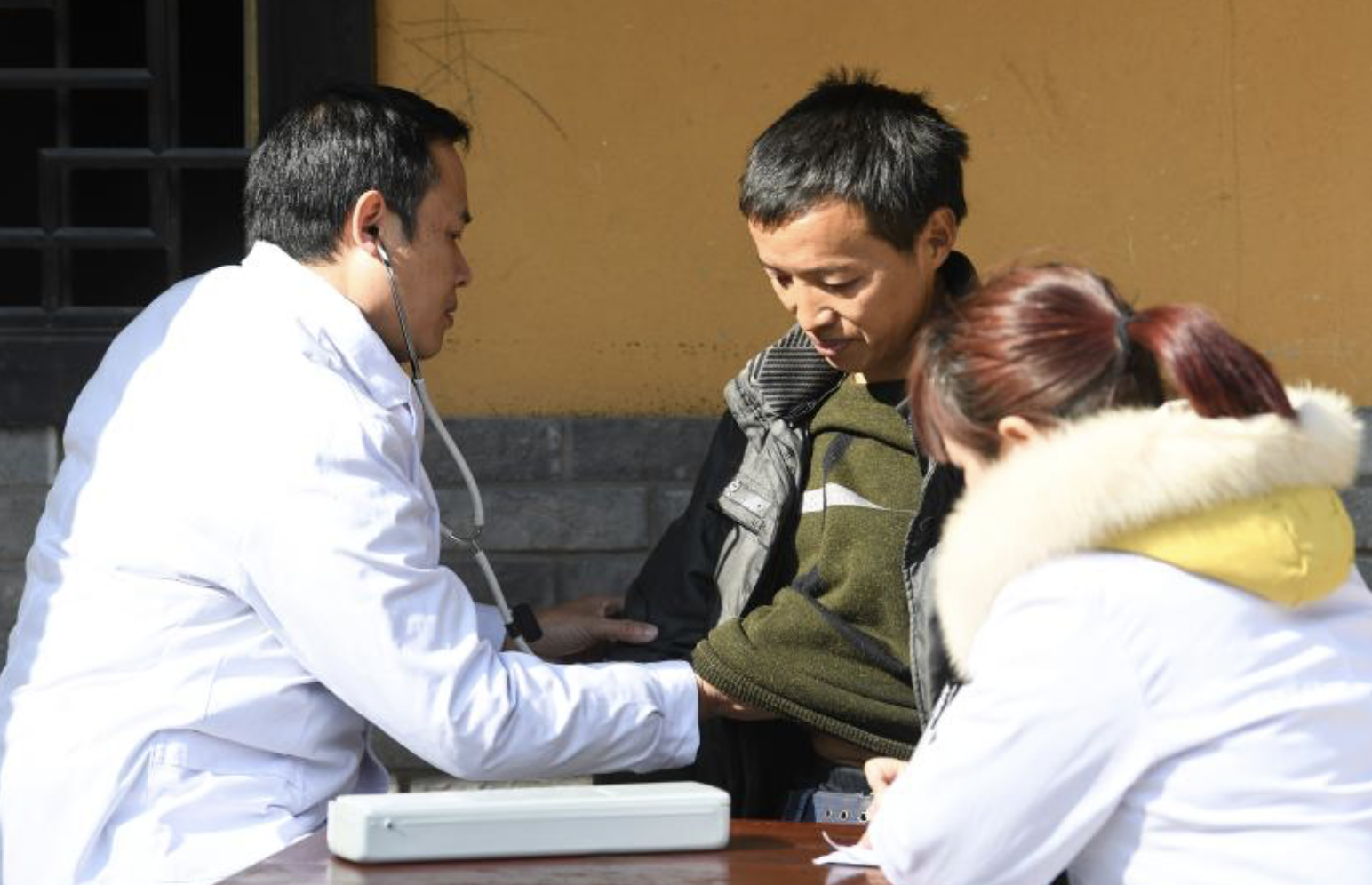The perception of a universal “free” medical care system in China’s planned economy era is largely a myth, as most urban healthcare costs were covered by state employers while rural populations had almost no insurance or access to medical resources. Government surveys revealed that about 70% of the population lacked health insurance before reforms, but after significant changes, the uninsured rate dropped dramatically from 77.9% in 2003 to 12.9% in 2008.
The author critically examines the perception and reality of China’s “free” medical care system during the planned economy era, highlighting how collective memory—especially among privileged groups—often romanticizes this period as a utopian era of universal free healthcare, which did not actually exist.
Key Points
- Urban vs. Rural Disparities: Before the 1990s, China’s urban medical care was primarily funded by employers, which were mostly government or state-owned enterprises (SOEs). In effect, healthcare costs for urban workers were paid by the state, or more accurately, by taxpayers. However, the vast rural population had almost no health insurance and very limited access to medical resources.
- Systemic Weaknesses and Market Reforms: As market reforms progressed in the 1980s, the flaws in the existing healthcare insurance system became more pronounced. SOEs faced increasing financial strain, making it difficult to sustain generous medical benefits. The lack of cost controls led to widespread overprescription and waste within the system.
- Lack of Insurance Coverage: Government surveys from 1993 to 2003 consistently found that about 70% of China’s population, both urban and rural, lacked health insurance and had to pay medical expenses out of pocket.
- Impact of Reforms: After significant reforms, a 2008 survey revealed a dramatic drop in the uninsured rate—from 77.9% in 2003 to 12.9% in 2008—demonstrating the impact of healthcare insurance reforms.
- Retrospective Insights: Song Xiaowu, a key figure in China’s economic reform, provided a retrospective analysis of these healthcare insurance reforms in a publication by the National Healthcare Security Administration (NHSA)[1].
Conclusion
The narrative of a universal, free healthcare system in pre-reform China is largely a myth. The reality was marked by significant urban-rural disparities, unsustainable funding models, and widespread lack of insurance until comprehensive reforms were implemented in the 2000s.



